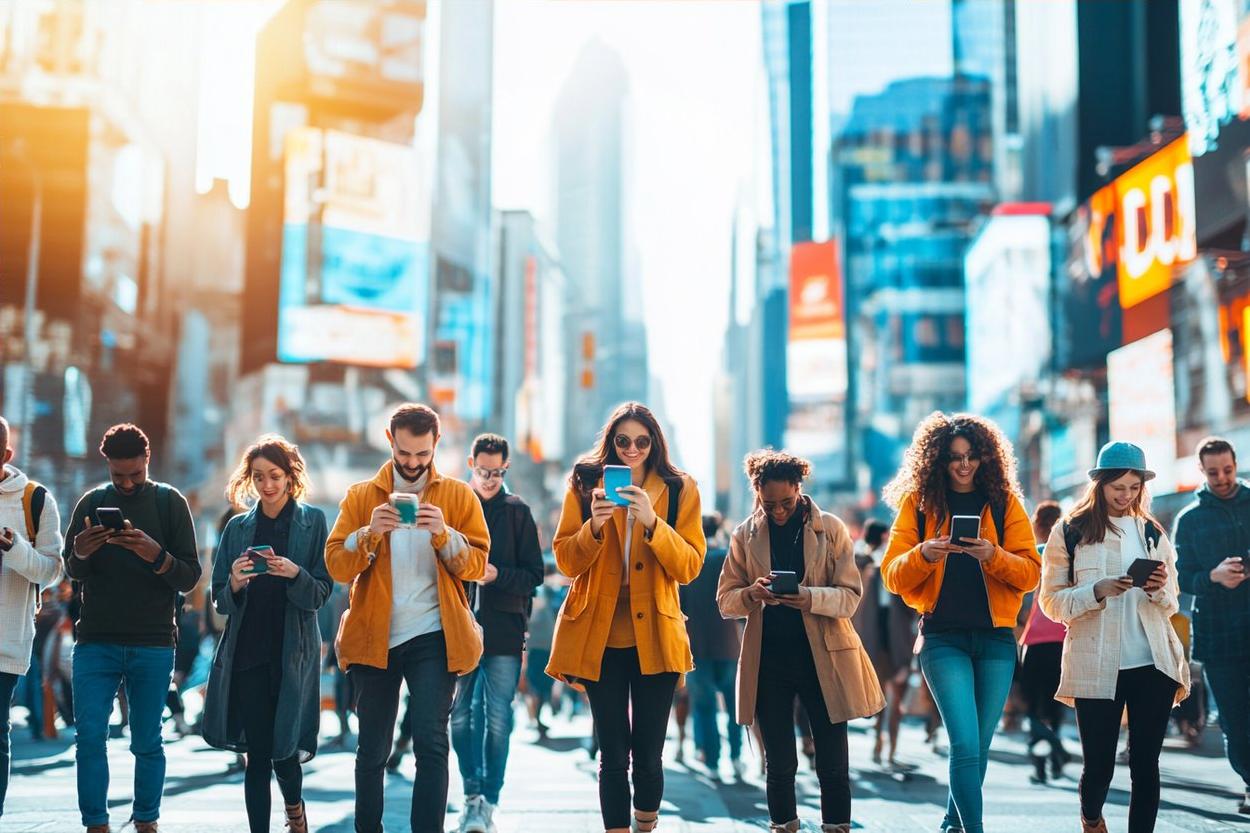Micro-Communities: Redefining Urban Social Fabric
The concept of micro-communities is reshaping how urbanites connect, interact, and find belonging in increasingly dense and diverse city environments. These hyper-local networks are transforming neighborhoods and challenging traditional notions of community. Read below to explore this emerging social phenomenon and its implications for modern urban life.

The Rise of Urban Micro-Communities
Micro-communities are not a new concept, but their prevalence and importance in urban settings have surged in recent years. Historically, cities have always had pockets of close-knit groups, often centered around ethnic enclaves or professional guilds. However, the current iteration of micro-communities differs in its diversity, fluidity, and intentionality. These groups are forming organically around shared interests, values, or geographic proximity, rather than being defined solely by traditional markers like ethnicity or occupation.
The proliferation of micro-communities can be attributed to several factors. urbanization has led to increased population density, often resulting in a sense of disconnection among city residents. Simultaneously, digital platforms have made it easier for like-minded individuals to find each other and organize. This combination of physical proximity and digital connectivity has created fertile ground for micro-communities to thrive.
Characteristics of Urban Micro-Communities
Urban micro-communities are characterized by their small scale, typically ranging from a few dozen to a few hundred members. They often center around specific locations within a city, such as a particular street, park, or building complex. What sets them apart is the intensity of connection between members, who frequently engage in shared activities, mutual support, and collaborative projects.
These communities can take various forms. Some are based on shared hobbies or interests, like urban gardening collectives or neighborhood running groups. Others form around lifestyle choices, such as co-living arrangements or zero-waste initiatives. There are also micro-communities that emerge from shared challenges or needs, such as groups of freelancers creating informal co-working spaces or parents organizing neighborhood childcare cooperatives.
Impact on Urban Social Dynamics
The proliferation of micro-communities is having a profound impact on urban social dynamics. These groups are filling a gap left by the decline of traditional community institutions, providing a sense of belonging and support that many city dwellers find lacking in their day-to-day lives. They are also changing how people relate to their neighborhoods, fostering a stronger sense of local identity and civic engagement.
Research has shown that participation in micro-communities can have significant positive effects on individual well-being. Members report lower levels of loneliness, increased social support, and a stronger sense of purpose. These benefits extend beyond the individual, contributing to improved neighborhood safety, increased local economic activity, and more resilient urban communities overall.
Challenges and Criticisms
Despite their benefits, the rise of micro-communities is not without challenges. Critics argue that these tight-knit groups can lead to social fragmentation, creating bubbles that limit exposure to diverse perspectives and experiences. There are concerns that micro-communities might exacerbate existing inequalities, as they often form among people with similar socioeconomic backgrounds.
Another challenge is the potential for conflict between micro-communities and broader urban planning initiatives. As these groups become more established, they may resist changes to their neighborhoods, potentially hindering necessary urban development or renewal projects. Balancing the needs and desires of micro-communities with broader city-wide goals is becoming an increasingly important consideration for urban planners and policymakers.
The Future of Urban Social Fabric
As cities continue to grow and evolve, micro-communities are likely to play an increasingly important role in shaping urban social dynamics. Urban planners and policymakers are beginning to recognize the value of these organic social networks and are exploring ways to support and integrate them into broader urban development strategies.
The future may see a more intentional approach to fostering micro-communities, with cities designing public spaces and housing developments that encourage their formation. There is also potential for technology to play a larger role, with platforms being developed specifically to facilitate connections between neighbors and support local community initiatives.
As we move forward, the challenge will be to harness the strengths of micro-communities while addressing their limitations. The goal is to create urban environments that foster strong local connections while remaining open, inclusive, and adaptable to change. By striking this balance, micro-communities have the potential to significantly enhance the quality of life in cities, creating more resilient, engaged, and socially connected urban populations.





